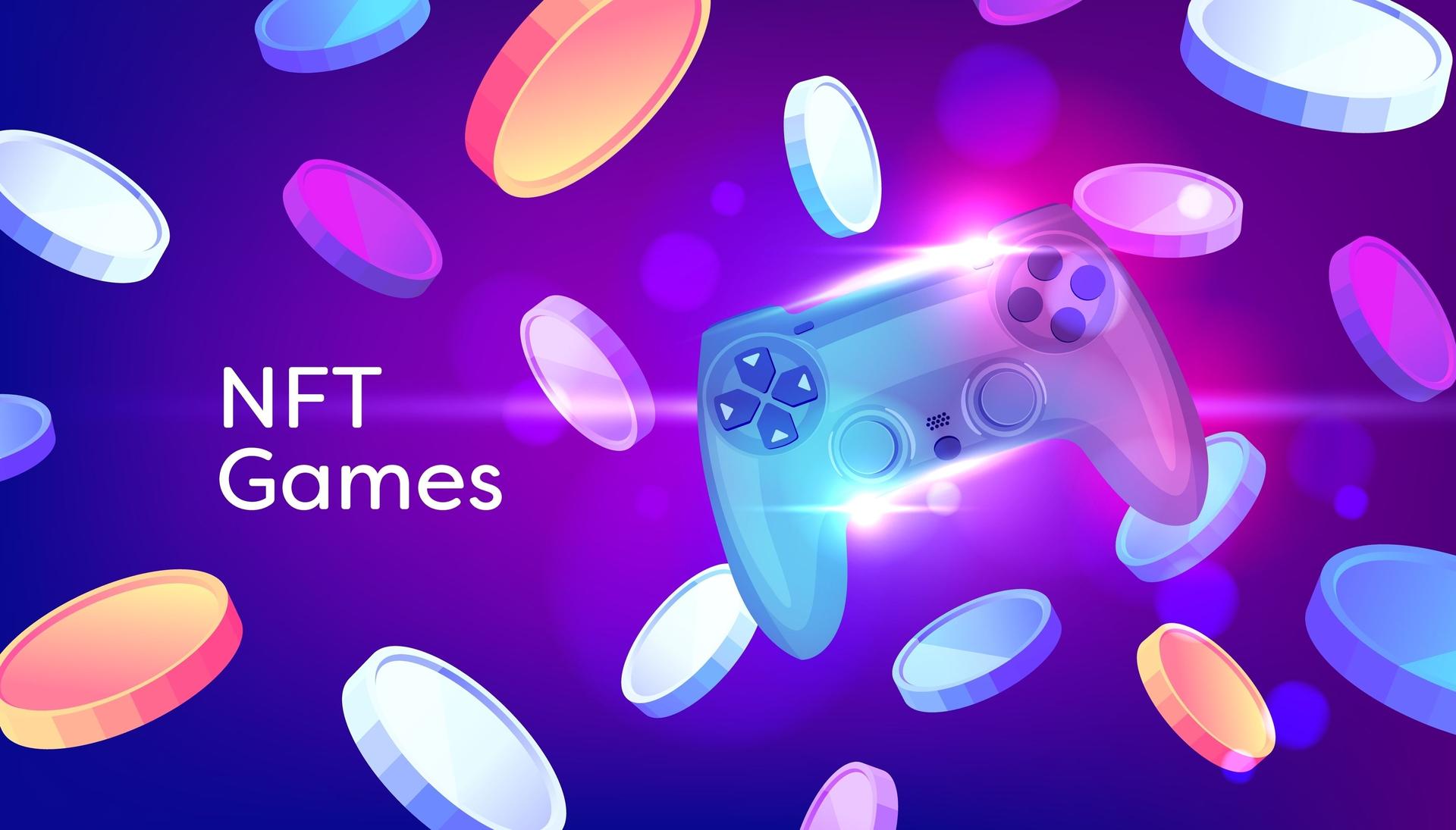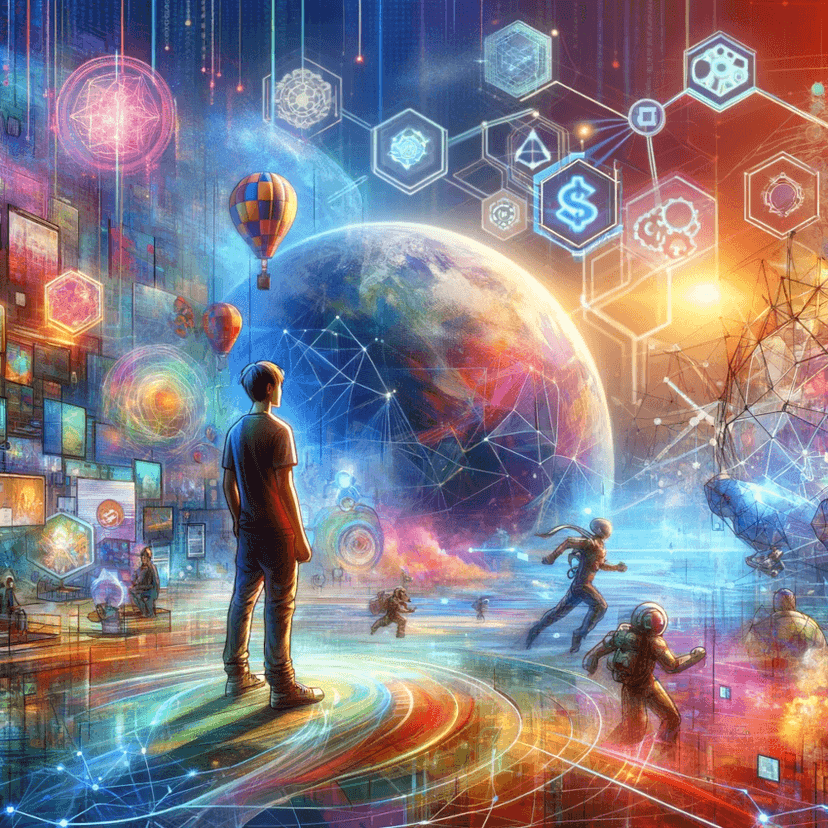Published September 1, 2022

The global gaming industry is currently worth almost $250 billion and is continuing to grow. Today, there are more than 2 billion gamers across the world. The average age of gamers continues to drop every year. With that in mind, it’s clear that the industry will only continue growing from here. Many different factors have contributed to the growth of this industry, but one element stands out above all others. That is game tokens and non-fungible digital assets. Non-fungible tokens have become commonplace in blockchain games because they make it easy for developers to build a customized experience for each player while also keeping track of ownership records securely on a public ledger. This article explores how non-fungible tokens can revolutionize the gaming industry.
What Are Non-Fungible Tokens?
Non-fungible tokens are virtual items that are unique. Unlike fungible tokens, which are identical and interchangeable, non-fungible tokens have their own unique properties. In the context of video games, tokens are used to represent virtual items that players can collect and trade. One major advantage of using non-fungible tokens is that each token can be programmed with its own set of attributes. These attributes make tokens more than just collectibles. They can be used to represent rare in-game features and items that make game play more engaging.
Drives Player engagement
Engaging gamers is crucial to retaining them in the long-term. This can be accomplished through the creation of unique and one-of-a-kind items. When gamers receive one of these tokens, they feel special and connected to it because there is only one like it. It feels like a special gift that they can show off to their friends and that is completely unique to them as an individual. Non-fungible tokens are also a great way to track progress. For example, they can represent the number of enemies defeated or quests completed. Gamers can then share this information with friends, creating a sense of competition and collaboration among communities. In-game tokens can also be programmed to expire after a certain amount of time. This creates a sense of urgency for gamers, ensuring that they get the most out of the experience.
Drives Transparency in The Gaming Industry
The gaming industry is plagued by a lack of transparency. Many gamers feel like they have no way of knowing if the gaming experience is fair. Non-fungible tokens can be programmed with a set of rules that are easy to understand and follow. For example, a gaming company could create a virtual trading card that represents a weapon. They can set rules that dictate the rate at which the weapon can be upgraded, its rarity level, the amount of time it takes to recharge, and the amount of resources players need to spend to level it up. If a gamer attempts to modify the rules on their own, the public blockchain makes this cheating nearly impossible. This transparency helps gamers feel confident that they know what they’re getting into. It also helps companies to create a lasting relationship with their customers by showing that they’re trustworthy and dependable.
Drives Monetary efficiency
There are many different ways that non-fungible tokens can help to increase monetary efficiency for gaming companies. For example, developers can create a token that represents a premium in-game feature. This could be something like an extra life or a permanent increase to the player’s health. If a gamer wants to unlock that feature, they’ll need to pay for it with the token. However, if the gamer already owns the token, they can simply unlock that premium feature for free. This creates an exchange that benefits both the gamer and the gaming company. Gamers get the extra life or health boost that they want, and the gaming company receives a small fee for providing that service.
Drives Autonomous Asset Management
Many non-fungible tokens are programmed to be self-regulating. This allows the tokens to function autonomously and without the need for human assistance. For example, a gaming company can create a token that represents a player’s experience points or a high-level character. This token can then be programmed to automatically reduce in value over time. This is a great way to keep game play competitive. As players earn more experience points, the token will decrease in value, making it easier for other gamers to level up. This ensures that the game remains balanced and fair for everyone, while also making it easier for gaming companies to manage the costs associated with running these virtual environments.
Keep an eye on Play-to-Earn
GameFi (Game Finance) and NFTs (non-fungible tokens) are creating an exciting play-to-earn ecosystem of in-game tokenomics and game NFTs. GameFi decentralizes traditional games and provides advantages that they do not. Using NFTs to make in-game items unique results in them appreciating in value and, thus, the rise of play-to-earn games. For example, in Axie Infinity, players can develop, battle, and trade their Axies in a Pokémon-like manner, but here they actually have real-world value that depends on rarity and uniqueness. In many parts of the world, this constitutes significant earnings and represents a viable livelihood.
Final Thoughts
Overall, non-fungible tokens are a revolutionary way to enhance the gaming experience. They can be programmed with unique attributes and can also be used to create virtual items that are scarce, unique, and valuable. By using non-fungible tokens, gaming companies can create a more engaging and transparent environment for gamers and can also maximize monetary efficiency by managing these assets automatically.



